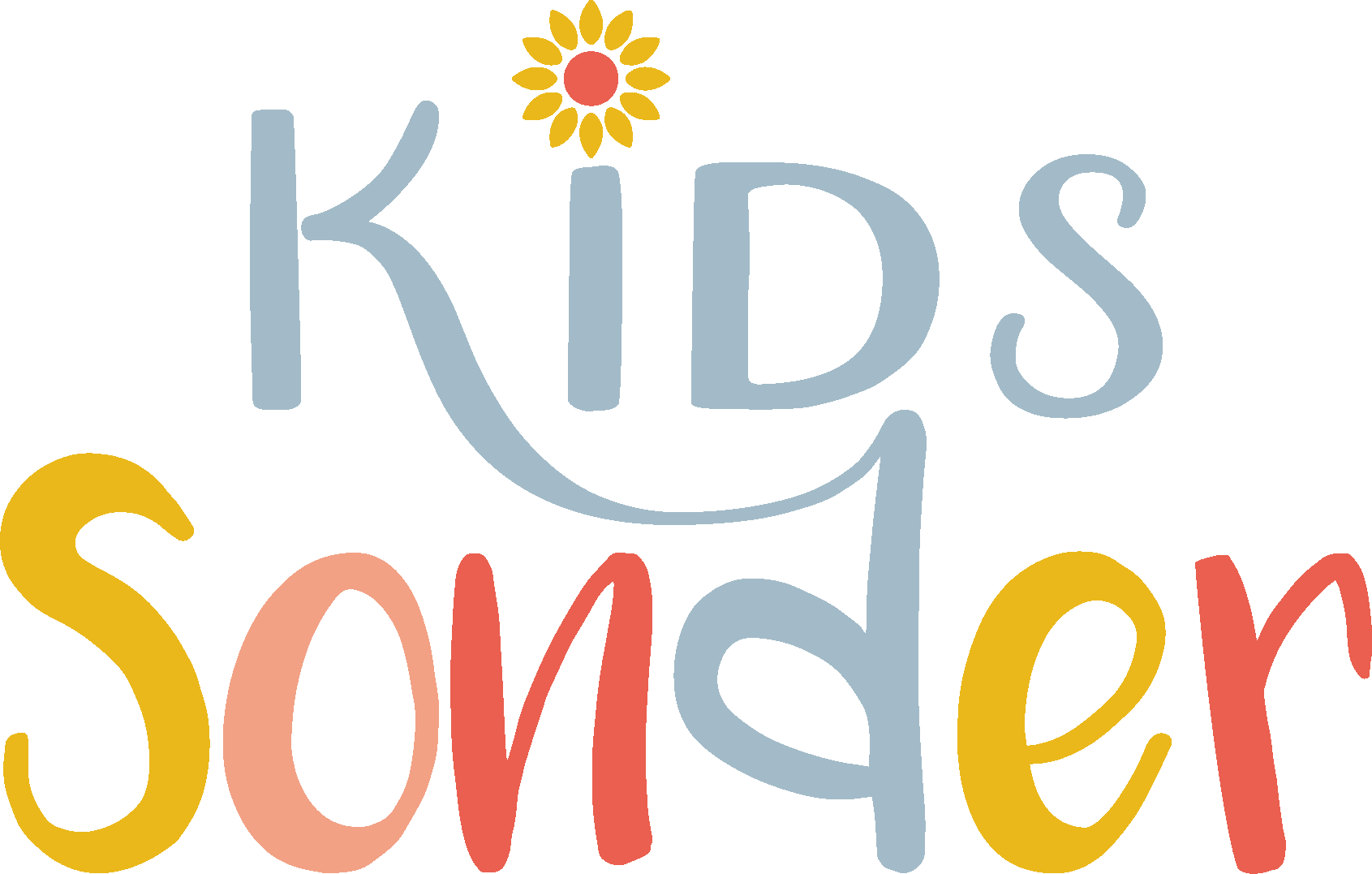Celebrate National Pork Month with Agriculture Unboxed
October is National Pork Month—a perfect time to help kids explore the world of pigs, meat science, and the role pork plays in our food system. Whether you’re teaching at home, leading a 4-H club, or adding agriculture to your classroom, pork topics offer rich opportunities to connect science, economics, animal care, and nutrition.
At the Agriculture Unboxed Shop, we’re here to make agricultural education easy, interactive, and enjoyable. Below are fun and educational ways to explore pork this month, with ready-to-use tools and printables from our shop to support your lessons.
1. Learn About Pig Breeds
Understanding swine breeds is a great introduction to pork production. Different breeds are raised for specific traits like growth rate, feed efficiency, or mothering ability—helping kids understand how genetics, environment, and purpose shape animal agriculture.
🧠 Try This Activity:
Print pictures of common pig breeds and have kids sort them by name, type, origin, or traits. Use a U.S. map to trace where swine production is concentrated and why.
🔍 Helpful Resource:
Our Swine Breed Identification Flashcards and Companion Guide feature clear photos, breed traits, and facts that work well for independent study or group discussions.
2. Explore Pig Anatomy and Meat Cuts
Pig anatomy and pork cuts help students make real-world connections between the animal and the products we eat. Teaching this also shows why some cuts cost more, how muscles affect tenderness, and how pork is marketed.
🧠 Try This Activity:
Label a diagram of a pig with wholesale and retail cuts like ham, loin, and shoulder. Then match each cut to familiar meals like bacon, sausage, or ribs.
🔍 Helpful Resource:
Our Pork Meat Cut Flashcards make cut identification interactive, while the Basics of Meat Science: Pork printable introduces fat, muscle, and carcass composition in kid-friendly language.
3. Dive Into the Science Behind Meat
Meat science blends biology, chemistry, and agriculture. Learning about marbling, lean-to-fat ratios, and processing helps kids understand food quality, nutrition, and the science behind their meals.
🧠 Try This Activity:
Compare pork chops from the grocery store for marbling and fat cover. Discuss how muscle type and location influence flavor and cooking.
🔍 Helpful Resource:
Our Swine: Basic Pork Meat Science unit explains pork composition, quality, and processing with visuals, vocabulary, and activities.
4. Discover the Pork Industry and Its Impact
Teaching about pork’s role in the U.S. economy and food system shows kids agriculture’s broader importance. It also highlights how pork connects to exports, farmer livelihoods, and consumer demand.
🧠 Try This Activity:
Create a map of the top pork-producing states. Talk about why regions like Iowa and Minnesota are leaders in swine production—considering climate, feed, and infrastructure.
🔍 Helpful Resource:
In our Swine: Pigs 101 unit, learners explore pigs from early domestication to today’s modern production systems.
5. Add Creativity with Pigs
Hands-on projects help kids absorb and remember what they learn. Coloring pig anatomy diagrams, creating posters, or making breed reports adds variety and fun to agriculture lessons.
🧠 Try This Activity:
Give students blank breed or anatomy outlines to label and color. Let them design a “pig poster” about their favorite breed or pork cut.
🔍 Helpful Resource:
Our Pig Coloring Pages are simple, engaging, and great for reinforcing pork lessons through art.
6. Connect the Dots with Livestock Finance & Care
Pork education isn’t just about meat science—it’s also about responsible management. Raising pigs involves real costs, recordkeeping, and animal care decisions that build financial literacy and responsibility.
🧠 Try This Activity:
Have kids budget for raising a market hog, including feed, housing, veterinary care, and sale price. Compare costs with potential profit.
🔍 Helpful Resource:
Our Project Pathways: Livestock Finance & Care printable helps kids simulate budgeting and decision-making as young livestock managers.

7. Identification & Health Practices
Animal identification and health care are vital in modern agriculture. Kids can learn how livestock are tracked, why veterinarians matter, and how animal health links to food safety.
🧠 Try This Activity: Practice taking basic vital signs, then explore ear notching, tags, or branding as ways farmers track animals.
🔍 Resource: Animal Science: Animal ID & Health Practices covers swine ear notching, designing a brand, reading medication labels, and One Health connections between people, animals, and the environment.

8. Animal Nutrition 101
Nutrition is at the heart of livestock care. By studying digestive systems and nutrients, kids see how feed choices affect growth, health, and even manure quality.
🧠 Try This Activity: Compare feed tags or labels from different livestock feeds. Match ingredients to nutrient groups and discuss how ruminants like cows digest differently than pigs or poultry. Learn the parts of each of the digestive system types.
🔍 Resource: Animal Science: Animal Nutrition 101 introduces ruminant vs. monogastric digestion, the five nutrient groups, and practical activities like feed tag analysis and “poopology” projects to make nutrition hands-on and memorable.
Wrap-Up
National Pork Month is a wonderful opportunity to connect science, nutrition, economics, and animal care into one engaging topic. By exploring how pigs are raised, cared for, and contribute to our food supply, kids gain a complete understanding of where pork comes from and the importance of the swine industry in agriculture.
👉 Looking for more tools to teach kids about pigs and livestock?
Browse our Swine: Exploring Animal Science Bundle in the Agriculture Unboxed Shop for flashcards, printables, and complete unit explorations designed for kids ages 9–13.
Also check out these pig-themed blogs:








